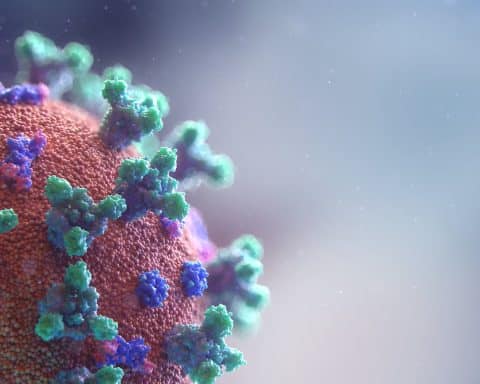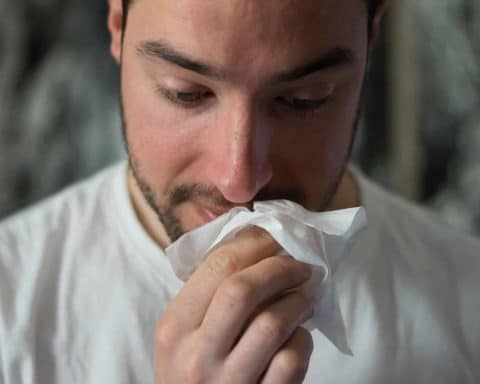
The vulnerability and medical complexity of our care home residents means their clinical care is often challenging. However, with the emergence of COVID-19, the scale of this challenge has increased significantly with primary care support becoming predominantly remote and care homes asked to take more clinical responsibility than they have previously.
Within the care home, efforts were made to meet government recommendations with regards to social distancing, hand hygiene and use of personal protective equipment (PPE) but this was not without its challenges. Some of our smaller care homes were unable to access PPE and were forced to pay inflated prices for hand sanitiser. A lack of clarity in the PPE guidance within care homes also meant there was a delay in getting PPE for non-clinical staff e.g. cleaners. Practically speaking, social distancing within care homes would require residents to stay in their own rooms. However, in homes where dementia is particularly prevalent, isolating residents increased the risk of agitation, unwitnessed falls and deterioration in mental health. With the risks of isolating residents felt to be too great, efforts were made to minimise the risk in other ways, for example staff became ‘floor-based’, confined to caring for specific residents, and back entrances were utilised for deliveries etc.
Our care homes have embraced these challenges and continued to provide quality care, often whilst also coping with the personal loss of beloved colleagues and residents.
The COVID-19 testing process in itself was a challenge for care homes, as well as primary and secondary care. Unfamiliarity led to mistakes from all, including a missed positive swab result and a delayed COVID-19-positive CXR report in non-isolating care home residents, for which we were fortunate that there were no serious consequences.
From a GP perspective, managing a residential care home during COVID-19 has provided different challenges.
Deciding whether to review a patient face-to-face is a much more difficult decision. It goes against our instincts as doctors not to examine someone who is chesty for example. But with care staff now able to provide observations, we must ask ourselves whether physical examination will change management. If not, by entering the home we place everyone within at greater risk of COVID-19. We must consider the care homes concerns and balance this with our own clinical knowledge in order to make these decisions, but this is not always easy.
End-of-life decisions are often challenging. Signs of health decline in the elderly can be behavioural changes e.g. reduced oral intake. Prior to COVID-19, we would ascertain that a patient may be approaching end-of-life, accepting some uncertainty with this in that it could take days or weeks, or they may even recover. During this pandemic, more certainty was required. With families only allowed to visit those that were “end-of-life”, failure to use these words could deprive the patient of the chance to say their goodbyes. Equally, using these words too prematurely could increase the risk of COVID-19 to other residents and staff due to a prolonged period of visitation from those outside.
Discussing resuscitation via video consultation with patients or by telephone to relatives was far from ideal given the sensitive nature of this conversation.
These challenges have been overcome primarily by primary care and community care working together. Perhaps this relationship is stronger than ever. With the possibility of a winter spike in the virus, there are likely to be many more challenges ahead. Nurturing this relationship may well be the key to overcoming these challenges and continuing to provide the best care possible for our care home patients.
Featured photo by Dominik Lange on Unsplash








